
Ford Puma Towing Capacity Guide (2019–2025)
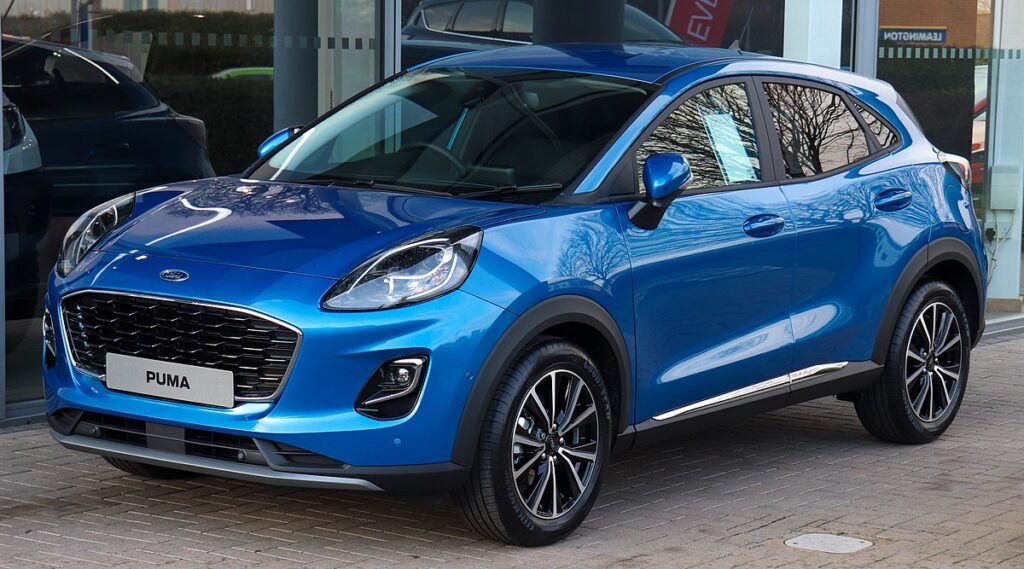
The Ford Puma combines sporty design, efficient performance, and practical versatility — making it a favorite among compact SUV enthusiasts. But one of its most crucial features for real-world utility is its towing capacity. In this detailed guide, we’ll explore the Ford Puma’s towing capabilities by year, engine type, and trim, ensuring you can tow safely and confidently.
- 🚗 Overview of the Ford Puma SUV
- ⚙️ Ford Puma Engine Options
- 🛻 Ford Puma Towing Capacity by Year & Trim
- ⚖️ Understanding the Ford Puma’s Towing Capacity
- 🔧 Ford Puma Towing Equipment and Safety Features
- 🧰 Essential Checks Before Towing
- 🌄 Real-World Towing Scenarios
- 💡 Expert Recommendations
- ❗ Legal & Safety Considerations
- 🧾 Summary Table: Ford Puma Towing Specifications (2019–2025)
🚗 Overview of the Ford Puma SUV
Introduced in 2019, the Ford Puma is a compact crossover SUV built on the same platform as the Ford Fiesta. Designed for efficiency and agility, the Puma bridges the gap between city driving comfort and light towing practicality.
- Seating Capacity: 5 passengers
- Drive Type: Front-wheel drive (FWD)
- Transmission: 7-speed dual-clutch automatic
- Fuel Type: Petrol (PULP)
- CO₂ Emissions: 99–103 g/km (depending on engine)
- Combined Fuel Consumption: ~4.0 L/100 km
⚙️ Ford Puma Engine Options
The Ford Puma lineup offers multiple 1.0L EcoBoost engines equipped with mild-hybrid technology for improved fuel efficiency. Below are the key variants and their performance metrics:
| Engine Variant | Power Output | Torque | Transmission | 0–100 km/h | Combined Fuel Use |
|---|---|---|---|---|---|
| 1.0 EcoBoost 125 PS | 123 hp | 210 Nm | 7-SP Auto | 9.6 sec | 4.0–4.5 L/100 km |
| 1.0 EcoBoost Hybrid 155 PS | 153 hp | 240 Nm | 7-SP Auto | 8.7 sec | 4.0–4.6 L/100 km |
| 1.0 EcoBoost ST (Performance) | 197 hp | 320 Nm | 6-SP Manual | 6.7 sec | 6.0 L/100 km |
The 125 PS variant is the most popular for everyday use due to its balance between efficiency and pulling capability.
You may be interested in reading Ford Puma Dimensions and Boot Capacity: Full 2025 Guide
Ford Puma Dimensions and Boot Capacity: Full 2025 Guide🛻 Ford Puma Towing Capacity by Year & Trim
Below is a breakdown of braked towing capacity across all recent Ford Puma models. A braked trailer includes its own braking system, while unbraked trailers rely solely on the car’s brakes.
| Year | Trim Level | Engine | Transmission | Braked Capacity (kg) | Unbraked Capacity (kg) |
|---|---|---|---|---|---|
| 2025 | ST-Line V 1.0L EcoBoost | 7-SP Auto | 1100 | 600 | |
| 2024 | ST-Line 1.0L EcoBoost | 7-SP Auto | 1100 | 600 | |
| 2023 | Titanium 1.0L EcoBoost | 7-SP Auto | 1100 | 600 | |
| 2022 | ST-Line V 1.0L EcoBoost | 7-SP Auto | 1100 | 600 | |
| 2021 | ST-Line 1.0L EcoBoost | 7-SP Auto | 1100 | 600 | |
| 2020 | Standard Model 1.0L EcoBoost | 7-SP Auto | 1100 | 600 | |
| 2019 | ST-Line 1.0L EcoBoost | 7-SP Auto | 1100 | 600 |
✅ Average Braked Capacity: 1,100 kg
✅ Average Unbraked Capacity: 600 kg
Note: Always confirm your Puma’s towing rating in the owner’s manual or V5 logbook to ensure compliance with your specific VIN and engine configuration.
⚖️ Understanding the Ford Puma’s Towing Capacity
The towing capacity determines the maximum trailer weight your Puma can safely handle. This includes cargo, passengers, and the tongue load.
You may be interested in reading Ford Puma Dimensions and Boot Capacity: Full 2025 Guide
Ford Puma Dimensions and Boot Capacity: Full 2025 Guide Ford Puma Fuel Consumption and Efficiency Guide (2025 Edition)
Ford Puma Fuel Consumption and Efficiency Guide (2025 Edition)Key Factors Affecting Towing Limits:
- Engine power and torque output
- Gear ratio and transmission type
- Trailer braking system presence
- Payload and total vehicle mass
To ensure safe towing:
- Never exceed 85% of your vehicle’s kerb weight.
- Maintain correct tyre pressures and trailer nose weight (typically 50–75 kg for small trailers).
🔧 Ford Puma Towing Equipment and Safety Features
The Ford Puma is designed to handle small-to-medium towing tasks when properly equipped. Standard and optional towing aids include:
- Trailer Sway Control (TSC) – reduces instability during crosswinds or cornering.
- Hill Launch Assist – prevents rollback when starting uphill with a trailer.
- Rearview Camera with Dynamic Lines – assists in accurate trailer hitching.
- Adaptive Cruise Control – maintains safe distance, even when towing.
- Tow Bar Wiring Kit (13-pin) – ensures correct light signaling to your trailer.
🧰 Essential Checks Before Towing
To maximize safety and protect your Ford Puma’s drivetrain, always perform these pre-tow checks:
- Inspect the tow hitch for corrosion or looseness.
- Confirm the trailer’s brake function (for braked trailers).
- Verify trailer lights and wiring connections.
- Check tyre pressure for both car and trailer.
- Adjust mirrors for optimal rear visibility.
- Avoid overloading the rear axle to prevent understeer.
🌄 Real-World Towing Scenarios
| Terrain | Recommended Engine | Ideal Load (kg) | Performance Tips |
|---|---|---|---|
| City & Suburbs | 1.0 EcoBoost 125 PS | ≤ 750 kg | Avoid frequent starts/stops with heavy loads |
| Motorway Cruising | 1.0 EcoBoost 155 PS | ≤ 1100 kg | Use adaptive cruise for steady control |
| Hilly or Rural Terrain | 1.0 EcoBoost 155 PS | ≤ 950 kg | Engage hill assist, keep RPM above 2,000 |
| Light Off-Road | ST-Line V | ≤ 850 kg | Ensure trailer ground clearance and balance |
💡 Expert Recommendations
- Opt for the 1.0L EcoBoost 155PS Hybrid for the most versatile towing experience.
- Use genuine Ford tow accessories for wiring and mounting.
- Keep total trailer + cargo weight below 1,000 kg for frequent towing.
- Avoid towing on steep grades continuously — this strains the turbo and gearbox.
❗ Legal & Safety Considerations
In the UK and EU, towing regulations require:
You may be interested in reading Ford Puma Dimensions and Boot Capacity: Full 2025 Guide
Ford Puma Dimensions and Boot Capacity: Full 2025 Guide Ford Puma Fuel Consumption and Efficiency Guide (2025 Edition)
Ford Puma Fuel Consumption and Efficiency Guide (2025 Edition) Ford Puma 1.0 EcoBoost 125hp ST-Line X (2019–Present) — Full Technical Review and Specifications
Ford Puma 1.0 EcoBoost 125hp ST-Line X (2019–Present) — Full Technical Review and Specifications- A Category B licence allows towing up to 750 kg (unbraked) or up to 3,500 kg combined vehicle and trailer mass.
- A braked trailer is mandatory if total trailer weight exceeds 750 kg.
- Always use safety chains and breakaway cables.
- Ensure your trailer displays working brake lights, indicators, and number plate identical to the towing vehicle.
🧾 Summary Table: Ford Puma Towing Specifications (2019–2025)
| Specification | Detail |
|---|---|
| Engine Options | 1.0L EcoBoost (125–155 PS) |
| Transmission | 7-Speed Automatic |
| Drivetrain | FWD |
| Fuel Type | Petrol |
| Average Braked Capacity | 1100 kg |
| Average Unbraked Capacity | 600 kg |
| Best Engine for Towing | 1.0L EcoBoost 155 PS Hybrid |
| License Required | Category B |
| Ideal Trailer Type | Small camper, boat, utility trailer |
The Ford Puma might be a compact SUV, but it delivers solid towing performance for its class. With up to 1,100 kg of braked towing capacity, it’s capable of handling small caravans, boats, or light utility trailers without sacrificing comfort or efficiency. When properly equipped and driven responsibly, the Puma stands out as a smart, economical, and reliable towing companion for both city and adventure lifestyles.
If you want to know other articles similar to Ford Puma Towing Capacity Guide (2019–2025) you can visit the category Blog.
Deja una respuesta


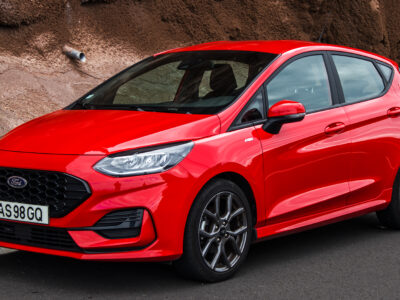
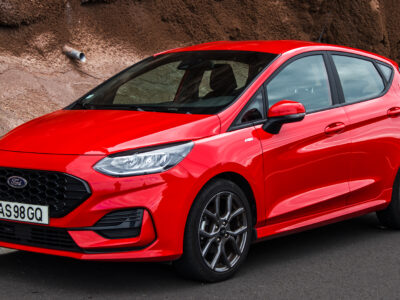
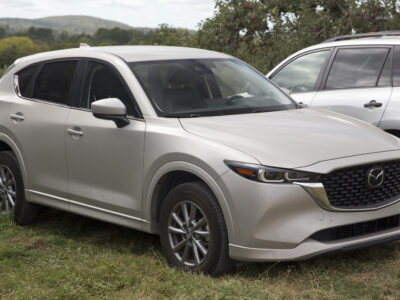
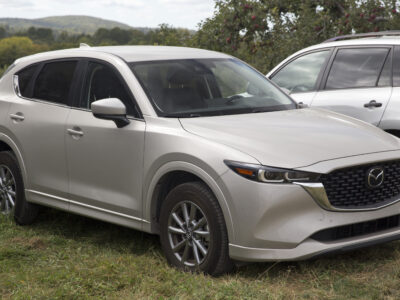
More content of your interest